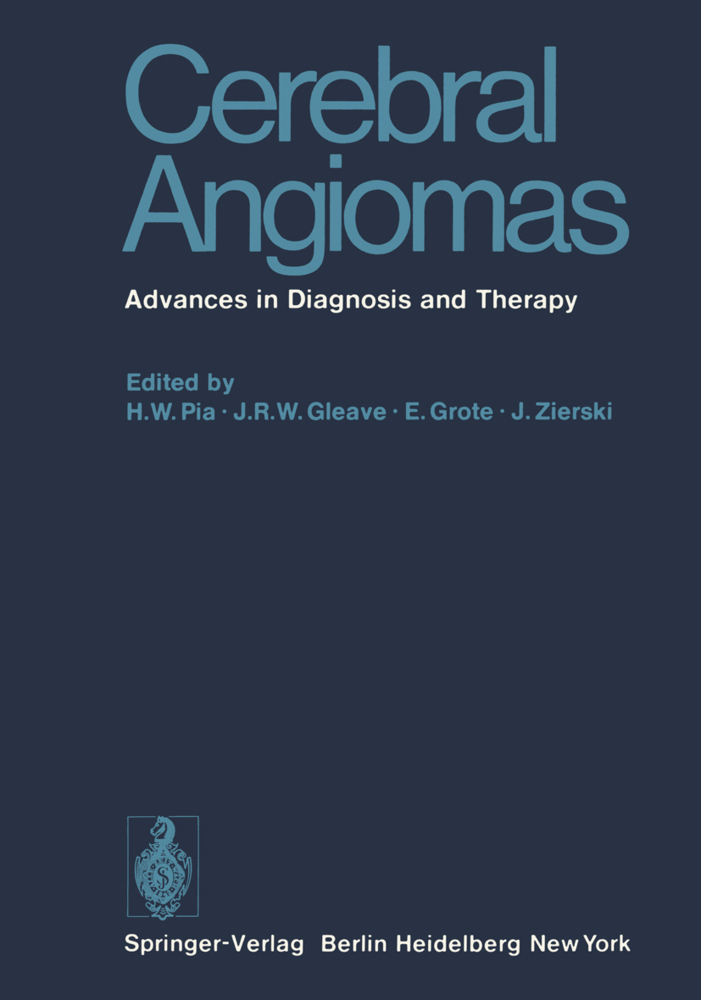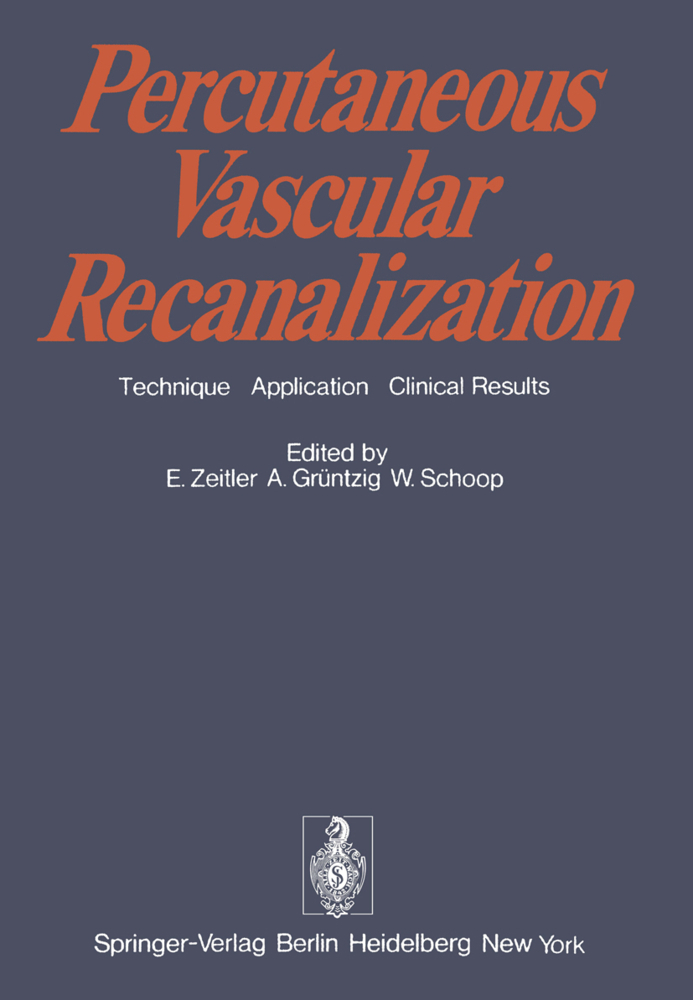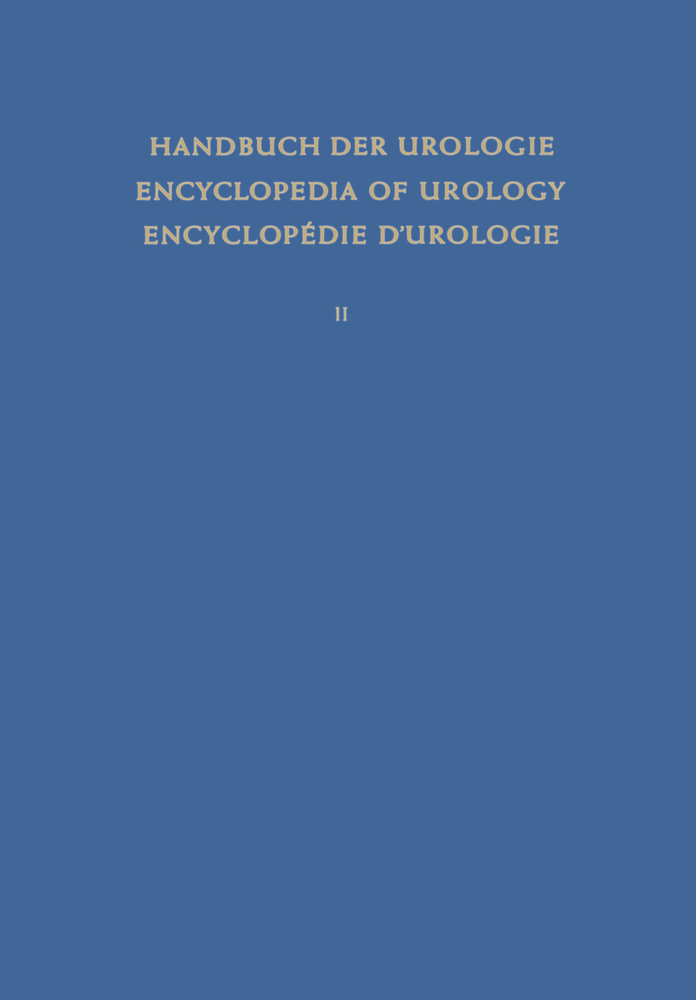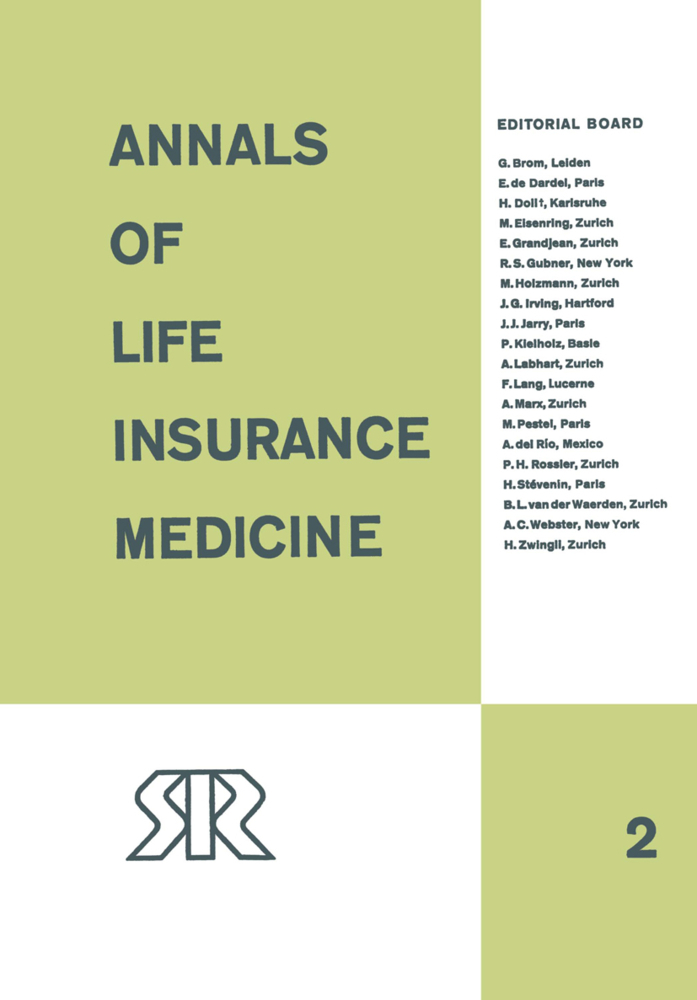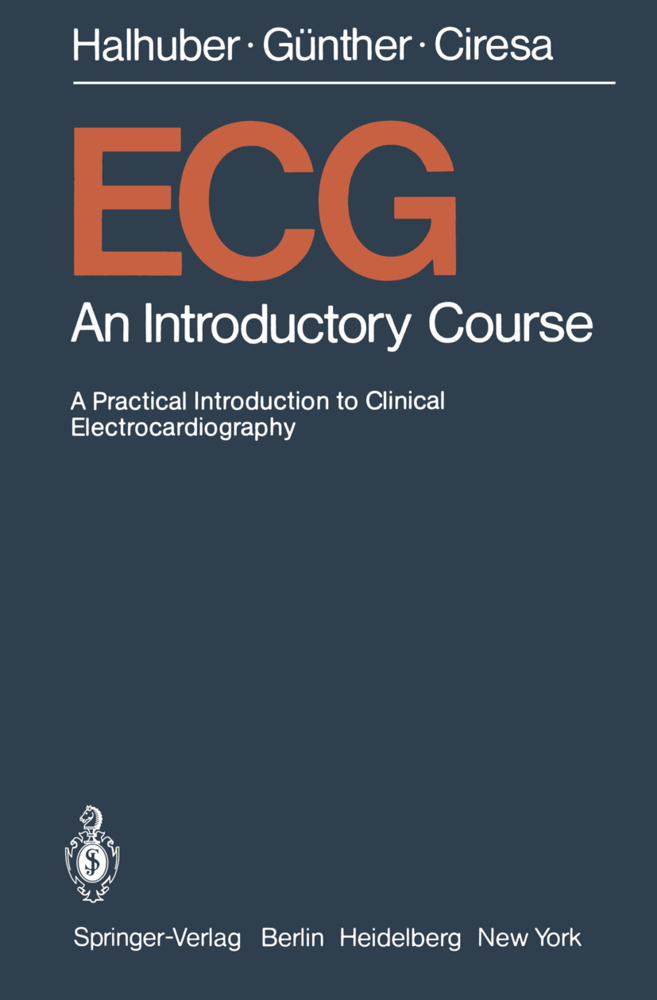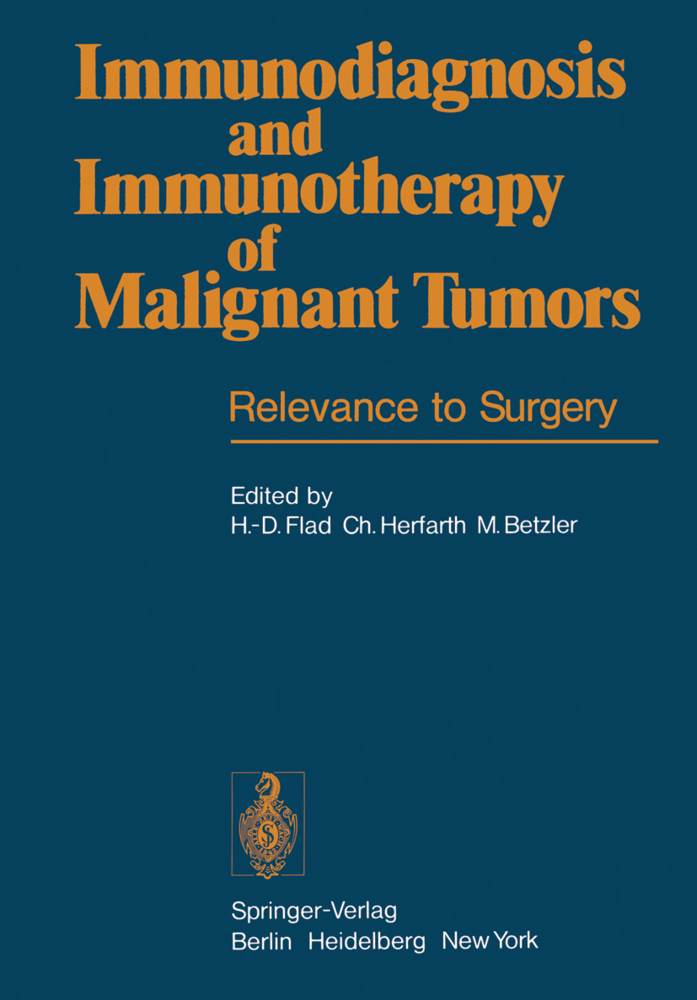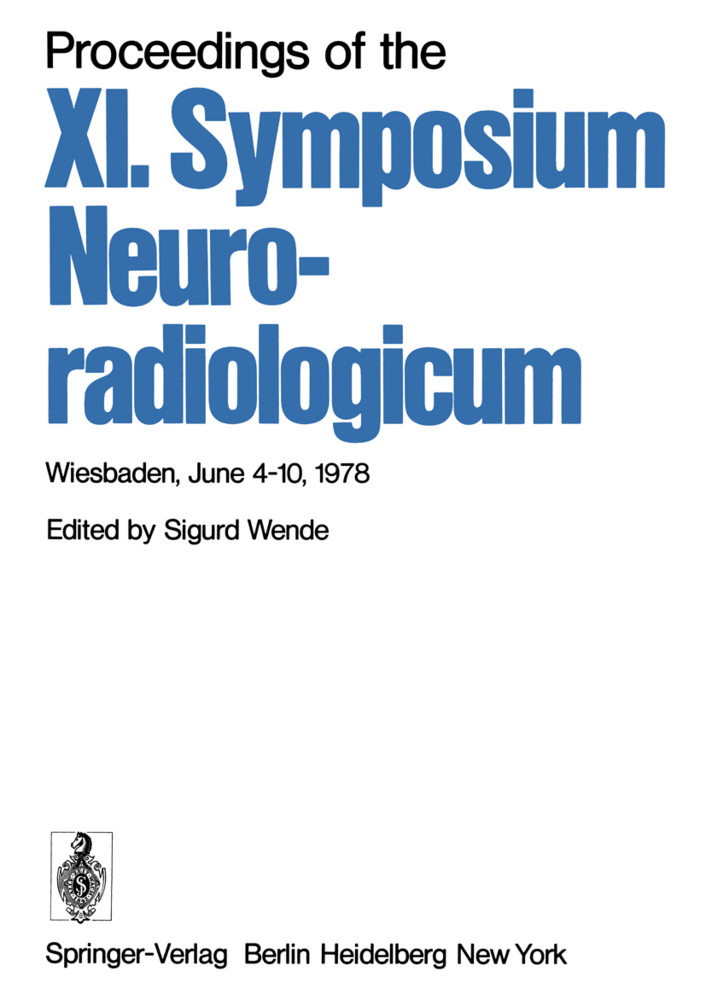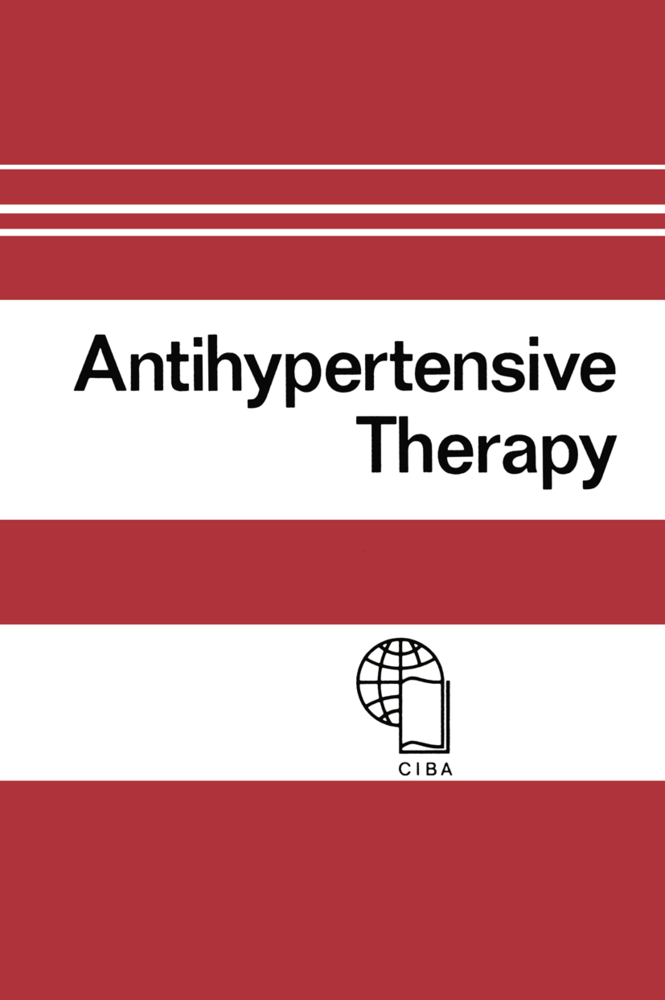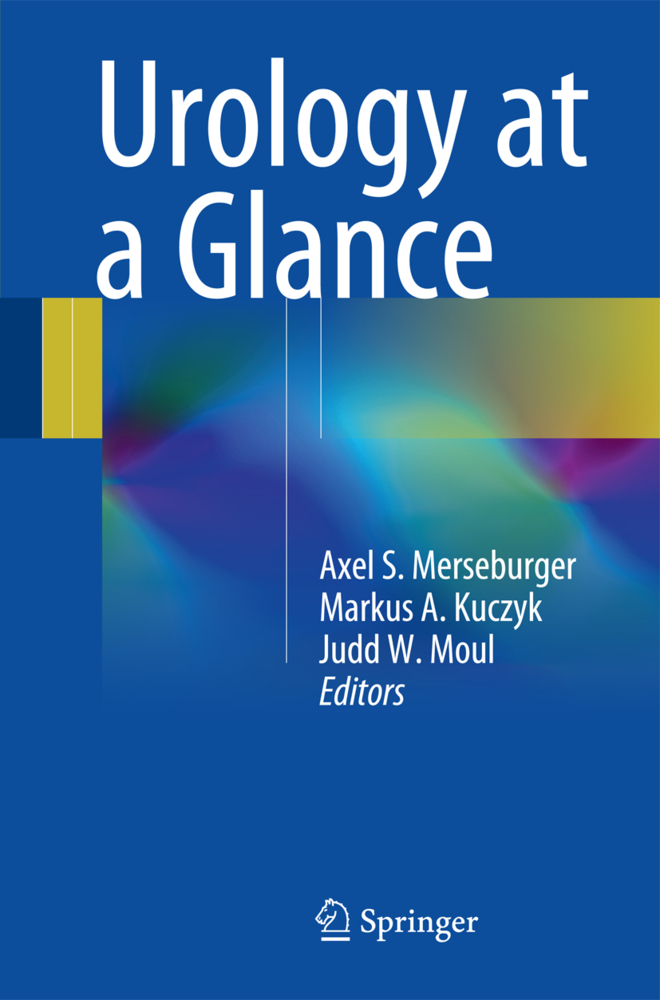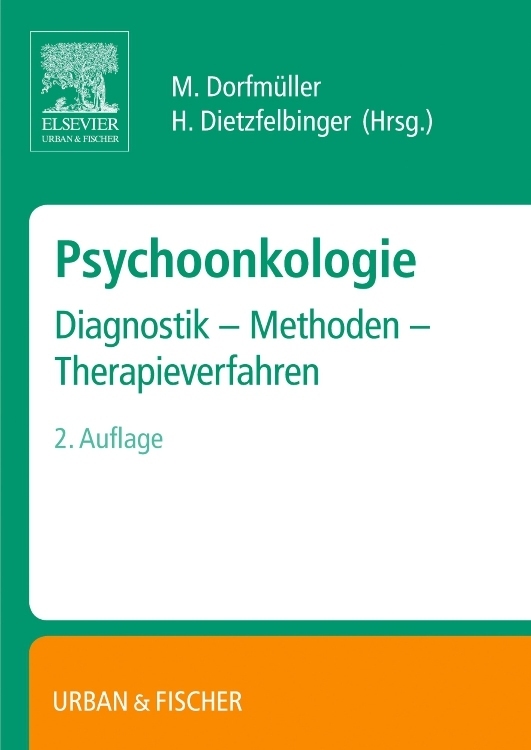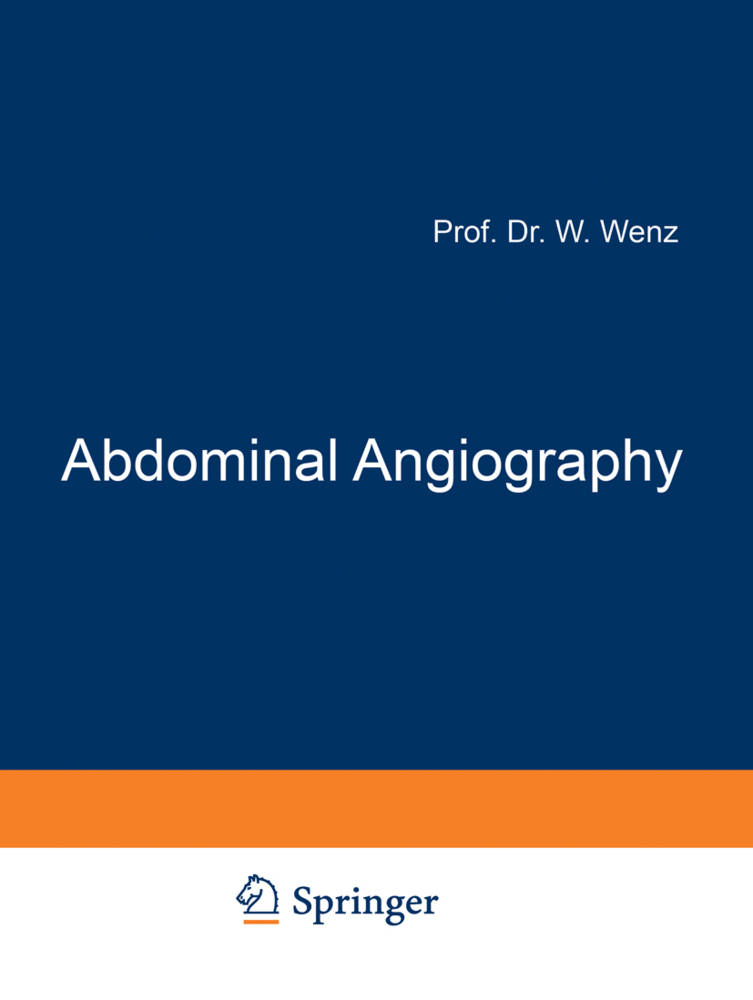Cerebral Angiomas
Advances in Diagnosis and Therapy
Cerebral Angiomas
Advances in Diagnosis and Therapy
The basic principles of the management of cerebral arteriovenous mal formations were established during the first phase of the neurological attack on these problems between 1930 and 1960. The leaders were CUSHING, BAILEY and DANDY, but principally OUVECRONA, and in Ger many TONNIS. The experience gained showed that complete excision of the arteriovenous angioma was the only certain cure, and therefore was the procedure of choice. In the present second phase important advances should be made and indeed are occurring. New diagnostic techniques such as total angio graphy, selective and superselective angiography, intraoperative and fluorescein angiography, and the EMI-scanner have been developed. The pathophysiological aspects have been further investigated by indirect and direct measurement of local and general cerebral blood flow. Parallel with these developments operative technique itself has been improved and modified by new methods. A more aggressive attitude has been stimulated towards those angiomas, which had to be regarded as inoperable only a few years ago. Among these many im provements and technical advances include microsurgical techniques, combined stereotactic and microsurgical procedures, artificial emboliza tion of different kinds and the cryosurgical management. Multiple variables such as the age of the patient, the type, localization, and size of the angioma, its clinical picture and the possible complica tions, such as hemorrhage have been analysed and are understood better. These factors influence the indication for, and choice of, the appropriate procedure to a great extent.
The Morphology of Centrally-situated Angiomas
Discussion on Chapter I
II. Clinical Aspects
The Epidemiology and Clinical Course of Arteriovenous Malformations
The Influence of the Type and Localization of the Angiomaon the Clinical Syndrome
Discussion on Chapter II
III. Angiographical Aspects
The Influence of Modern Angiographic Techniques
Superselective Arteriography of the Branches of the External Carotid Artery
Use of Intraoperative Angiography
Extracranial and Extra-Intracranial Arteriovenous Angiomas
Discussion on Chapter III
IV. Pathophysiological Aspects
The Influence of Cerebral Steal: Demonstration by Fluorescein Angiography and Focal Cerebral Blood Flow Measurement
Investigation on Volume and Pressure Overloading of the Heart in Cerebral Angiomas
Discussion on Chapter IV
V. Operative Macro- and Microsurgical Treatment
Extensive Cerebellar Arteriovenous Malformations
Macro- and Microsurgery of Central Angiomas
Stereotactic Treatment of Central Angiomas
Angiomas of Cerebellum and Brain Stem
Treatment of an Angioma of the Left Cerebral Hemisphere
Treatment of Cranio-Cervical Angioma. Case Report
The Acute Treatment of Cerebral Arteriovenous Angiomas Associated with Hematomas
Discussion on Chapter V
VI. Cryosurgical Treatment
Freezing Arteriovenous Anomalies in the Brain
Discussion on Chapter VI
VII. Artificial Embolization
Artificial Embolization of Inoperable Arteriovenous Malformations
Experiences in the Use of Artificial Embolization as a Method of Treating Cerebral Angiomas
The Artificial Embolization of Inoperable Angiomas
Artificial Embolization of Inoperable Angioma with Polymerizing Substance
Extra-Cerebral Embolization
Treatment of Inoperable Glomus Jugulare Tumors
Discussion on Chapter VII
VIII. Radiotherapy
Radiotherapy of Cerebral Angiomas. With a note on some problems in Diagnosis
Discussion on Chapter VIII
IX. The Natural History
Conservative Management of Inoperable Arteriovenous Malformations
The Conservative Treatment of Cerebral Arteriovenous Angiomas
Summary and Conclusions.
The Indications and Contraindications for Treatment or Assessment
I. Morphological AspectsThe Morphology of Centrally-situated Angiomas
Discussion on Chapter I
II. Clinical Aspects
The Epidemiology and Clinical Course of Arteriovenous Malformations
The Influence of the Type and Localization of the Angiomaon the Clinical Syndrome
Discussion on Chapter II
III. Angiographical Aspects
The Influence of Modern Angiographic Techniques
Superselective Arteriography of the Branches of the External Carotid Artery
Use of Intraoperative Angiography
Extracranial and Extra-Intracranial Arteriovenous Angiomas
Discussion on Chapter III
IV. Pathophysiological Aspects
The Influence of Cerebral Steal: Demonstration by Fluorescein Angiography and Focal Cerebral Blood Flow Measurement
Investigation on Volume and Pressure Overloading of the Heart in Cerebral Angiomas
Discussion on Chapter IV
V. Operative Macro- and Microsurgical Treatment
Extensive Cerebellar Arteriovenous Malformations
Macro- and Microsurgery of Central Angiomas
Stereotactic Treatment of Central Angiomas
Angiomas of Cerebellum and Brain Stem
Treatment of an Angioma of the Left Cerebral Hemisphere
Treatment of Cranio-Cervical Angioma. Case Report
The Acute Treatment of Cerebral Arteriovenous Angiomas Associated with Hematomas
Discussion on Chapter V
VI. Cryosurgical Treatment
Freezing Arteriovenous Anomalies in the Brain
Discussion on Chapter VI
VII. Artificial Embolization
Artificial Embolization of Inoperable Arteriovenous Malformations
Experiences in the Use of Artificial Embolization as a Method of Treating Cerebral Angiomas
The Artificial Embolization of Inoperable Angiomas
Artificial Embolization of Inoperable Angioma with Polymerizing Substance
Extra-Cerebral Embolization
Treatment of Inoperable Glomus Jugulare Tumors
Discussion on Chapter VII
VIII. Radiotherapy
Radiotherapy of Cerebral Angiomas. With a note on some problems in Diagnosis
Discussion on Chapter VIII
IX. The Natural History
Conservative Management of Inoperable Arteriovenous Malformations
The Conservative Treatment of Cerebral Arteriovenous Angiomas
Summary and Conclusions.
Pia, H. W.
Gleave, J. R. W.
Grote, E.
Zierski, J.
| ISBN | 978-3-540-07073-3 |
|---|---|
| Artikelnummer | 9783540070733 |
| Medientyp | Buch |
| Copyrightjahr | 1975 |
| Verlag | Springer, Berlin |
| Umfang | X, 288 Seiten |
| Abbildungen | X, 288 p. 126 illus. |
| Sprache | Englisch |

